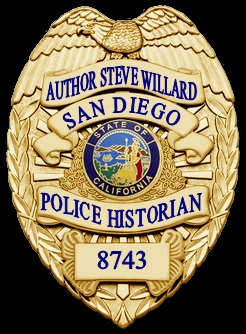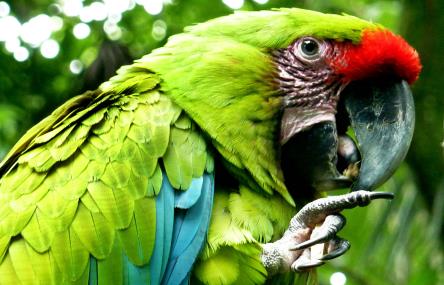

The CRIME FILES

For many of the hard working blue collar men who spent several nights per week in the roughshod neighborhood bar, they enjoyed a different prospective. For his best customers Geller often devoted towards training the bird to great the person by name when they walked through the door.
July 12, 1942. Officers were summoned to the bar with a report of shots fired. A robbery and shooting had just occurred and Geller was dead on the floor. Even though the place was packed with more than twenty customers, none of the witnesses claimed to have seen a thing.
Given the rough neighborhood the bar was located in, cops were not entirely surprised. But to hear everyone claim they were either at the far end of the bar or had ducked when the gunman walked in the door seemed a little farfetched. When pressed several of the customers admitted they heard the shot but none would admit to seeing the shooting or the suspect.
With little to go on, detectives were left asking themselves had the gunman simply walked in and pulled a gun and shot Geller for no reason? No one was sure. Only one witnesses had yelled out "robber, robber, robber" and that was the parrot behind the bar.
With such scant evidence the case remained unsolved for two years. Even though Detective John Morrisey had spent weeks canvassing the neighborhood for clues and consulting snitches he had nothing to show. Then it occurred to him; it was not possible for a parrot to be savvy enough to recognize an armed robbery. Even if it could, it often took weeks of tedious work to teach the animal a new word. So if the bird wasn't shrieking "Robber" what was he saying?
To test his theory Morrisey spent weeks working with the bird. Sure enough, the bird was incapable of immediately picking up new words and there was no way he was able to recognize and articulate sudden changes in his environment. Detective Morrisey now had a new theory. He began looking at some of the frequent customers of the bar and discovered the name Robert Butler. A check into Butler's past showed he was a regular at the bar and was the only Robert the parrot greeted by name. The check also showed Butler vanished around the same time as the murder.
New York City police eventually caught up to Butler in Baltimore where he was working as a lathe operator under an assumed name. Butler was extradited back to New York where he confessed the shooting was not a robbery at all. Butler said he was drunk and became enraged when Geller refused to serve him anymore. The shooting was in the heat of passion.
On February 10, 1944, Robert Butler was sentenced to seven to fifteen years in Sing Sing for second degree murder. The only witness to his crime: a green parrot who acted as a stool pigeon.

The Green Parrot
Can animals solve a crime? For years dogs have been used to help cops locate evidence and people, but what about using a parrot as a star witness to finger a killer? Sound farfetched? Perhaps, but that's exactly what happened in the 1940's in New York City.
Located near 3rd Avenue and 100th Street, a dive known as the Green Parrot Restaurant and Bar had been a community landmark for years because of a large green macaw behind the bar. The proprietor, Max Geller, had spent years teaching the bird to talk but if visitors were coming in to hear "Polly wants a cracker" they were often shocked to hear the crotchety animal had a vocabulary that could make a longshoreman blush.
